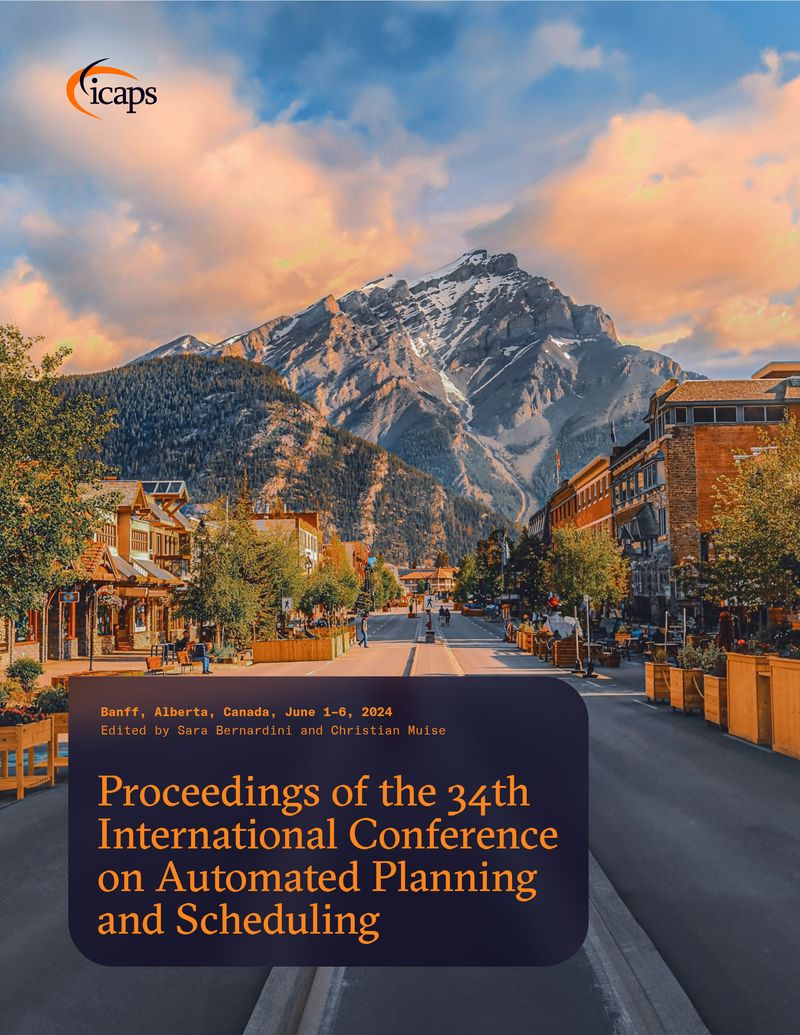Merging or Computing Saturated Cost Partitionings? A Merge Strategy for the Merge-and-Shrink Framework
DOI:
https://doi.org/10.1609/icaps.v34i1.31515Abstract
The merge-and-shrink framework is a powerful tool for computing abstraction heuristics for optimal classical planning. Merging is one of its name-giving transformations. It entails computing the product of two factors of a factored transition system. To decide which two factors to merge, the framework uses a merge strategy. While there exist many merge strategies, it is generally unclear what constitutes a strong merge strategy, and a previous analysis shows that there is still lots of room for improvement with existing merge strategies. In this paper, we devise a new scoring function for score-based merge strategies based on answering the question whether merging two factors has any benefits over computing saturated cost partitioning heuristics over the factors instead. Our experimental evaluation shows that our new merge strategy achieves state-of-the-art performance on IPC benchmarks.Downloads
Published
2024-05-30
How to Cite
Sievers, S., Keller, T., & Röger, G. (2024). Merging or Computing Saturated Cost Partitionings? A Merge Strategy for the Merge-and-Shrink Framework. Proceedings of the International Conference on Automated Planning and Scheduling, 34(1), 541-545. https://doi.org/10.1609/icaps.v34i1.31515

